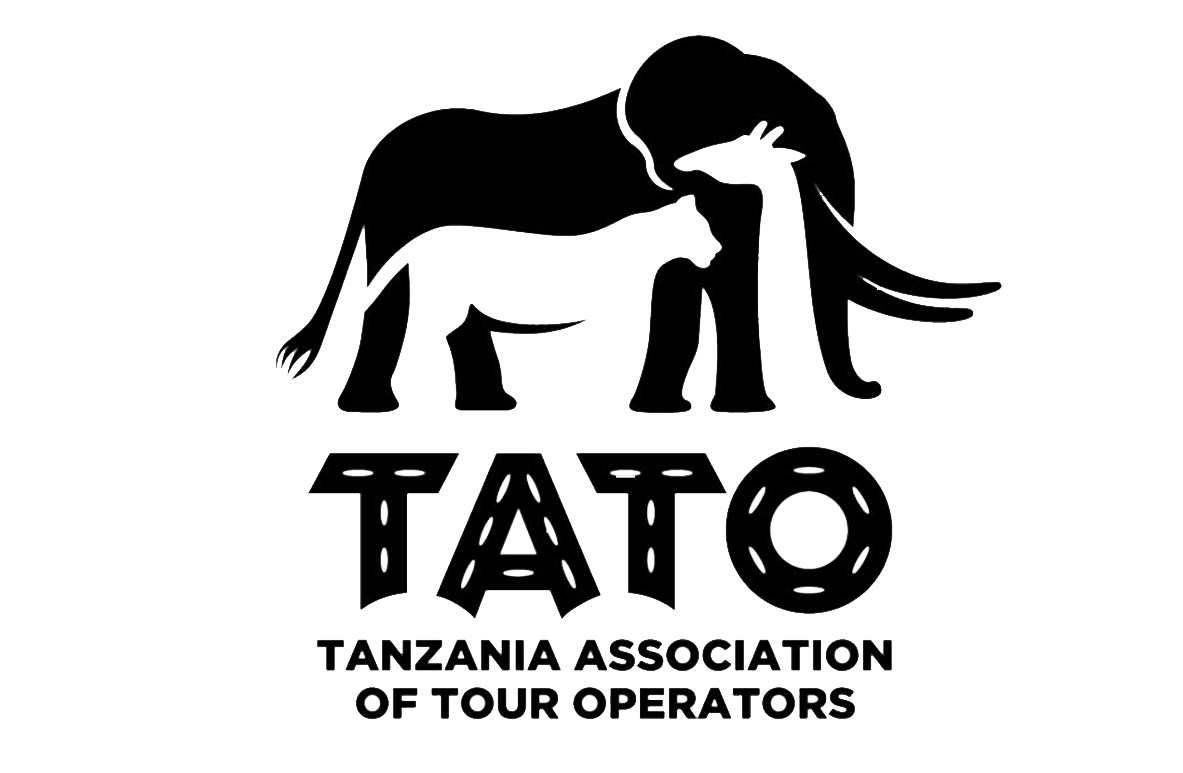16/6/2020 Mkomazi success story great for wildlife
At Same, an unpretentious town on the Moshi-Dar road, the sign for Mkomazi National Park pops up. It’s not on our itinerary but the sign points six kilometres to the gate at Zange.
The gates of Zange at Mkomazi that has one of the smartest gates to any national park … flanked by a Fringe-eared oryx and a Black rhino. Young Amina Omari was assigned to be our guide.
With the many hills of the Pare and Usambara mountains on the southern side, the park was so green after the rains that it defined its name. Mkomazi is from the Pare language — Mko for the traditional small spoon and mazi for water — meaning that there is little water in the park.
The 3,245-square kilometre national park was by 1989 overrun by poachers, hunters and cattle, and was left without a single rhino and only a few elephants. It was left desolate.
In today’s lush paradise, a herd of red elephants graze, ignoring us. It’s in contrast to 1989 when only 11 elephants survived from 4,000.
Now, there are up to 500 during the rainy season migrating from Tsavo West in Kenya following the path of most grass. In an iconic shot by famous photographer Peter Beard in 1974 shot from a low flying plane, there’s not enough space in the frame for one herd of elephants in Mkomazi.
For more click; https://www.theeastafrican.co.ke/magazine/Mkomazi-success-story-great-for-wildlife/434746-5572206-uk1tx9z/index.html

